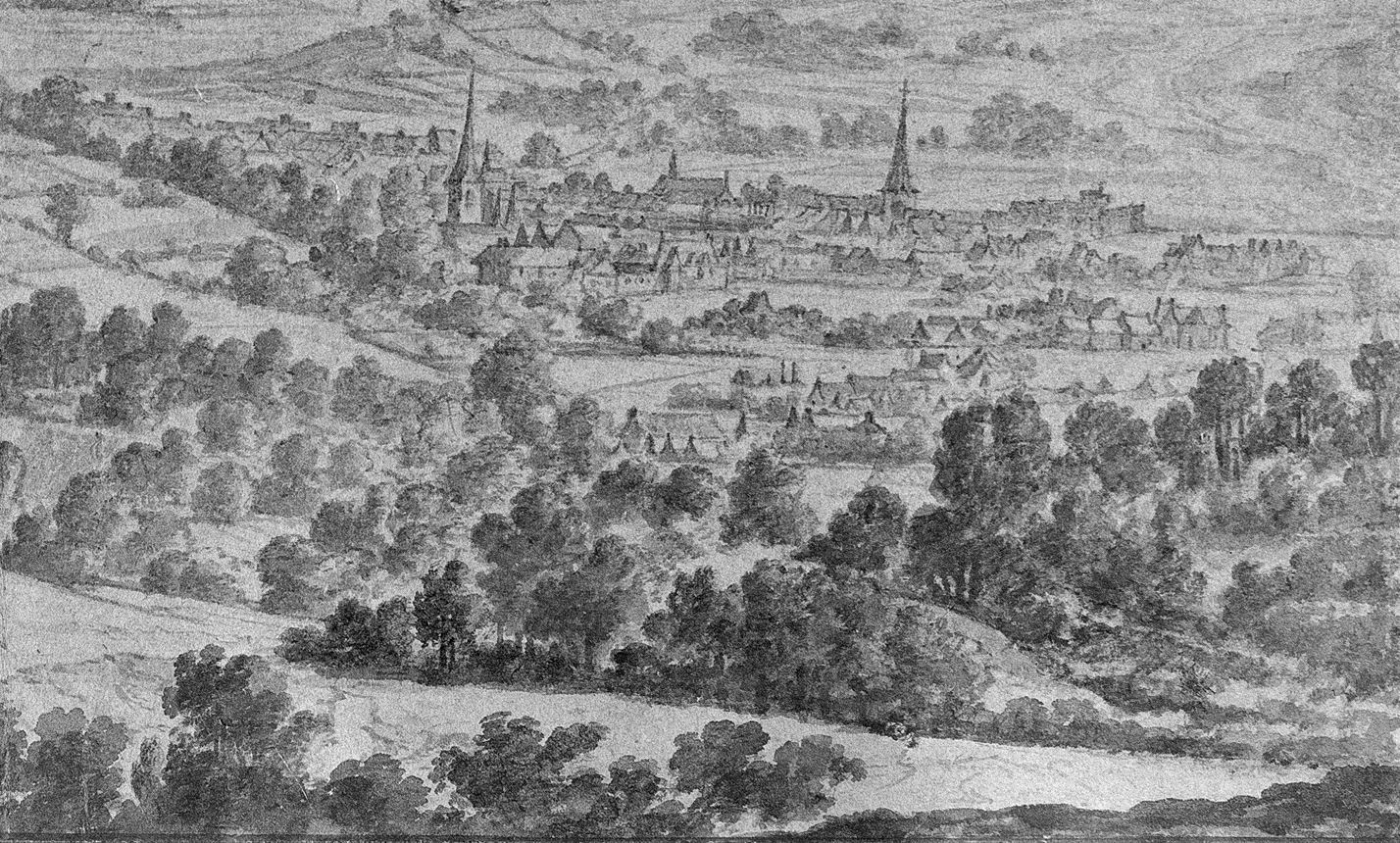Before the French Revolution, the border area around Eupen-Malmedy-Sankt Vith had largely belonged to the southern Netherlands, also called the ‘Catholic’ or ‘Belgian’ provinces. Thus, in the logic of 19th century national historiography, the independent Belgian state took over the spiritual heritage of the Spanish and Austrian Netherlands from 1830 onwards. The fact that contemporary East Belgium had also largely belonged to the historical territory of Belgium before 1815 was used as an argument for territorial claims during the First World War and at the subsequent peace negotiations.
-
![Mona_Noe_]()
Mona Noé
Opinion:
‘I, come from a region close to the border, too. The Schleiden district also belonged to the Austrian Netherlands and could have possibly become part of Belgium. But history took a different course [...]. The question I ask myself is whether historical developments, and thus the present, are in any way predictable or can only be understood in retrospect, especially because explanation and perspectives so often differ from region to region. Thus, in that part of German national historiography with which I am familiar, I find a different approach to historiography.’
Indeed, German national historiography takes a very different view. During the period known as Romanticism, the concept of the ‘culture nation’ was coined. Language and culture were supposed to define national affiliation. The region between Aachen and Luxembourg was described as ‘the furthest west of Germanness (Deutschtum)’, which was considered to be an inseparable part of the German culture nation.
-
Judith Molitor
Opinion:
‘A nation state aims at greater uniformity, and this includes the idea that all people of a certain language group should almost necessarily form their own state, that they belong together, and that different languages separate rather than unite. Such a model suggests a certain order to linguistically heterogeneous states. You know where you stand, don’t you? No, not really. This equation does not work for many European countries; there is always at least one official language, but there is also at least one regional minority language. This is true for Germany, but also for its neighbours such as Belgium with its German-speaking community in the east of the country.’
‘The areas around Eupen and Malmedy belonged to Germany until after the First World War. For the Prüm area, where I come from, the small town of St. Vith is still somewhat relevant; people go there occasionally, perhaps they still have distant relatives. Does that create a sense of belonging together? No. At least on the German side, it hardly goes beyond a vague ‘they used to be a part of us’. And it is always funny to hear the East Belgian dialect on the radio (i.e. on an unusually official level), which is so similar to the Eifel Platt. So, the common language alone does not promote an increased sense of community. What is the reason for this striking non-connection? First of all, of course, it cannot be ruled out that someone with closer personal ties to East Belgium or from the immediate border area would assess the facts differently than I do. Apart from that, it may have to do with the situation after the Second World War, when for decades the European states first came to terms with the events in their own countries – if at all. Interregional contact or exchange did not play a major role in the rural Eifel region. And in East Belgium?’
Both views are considered politically motivated narratives today. They took recourse to historical images as an argument for territorial claims. These concepts are still used today to justify numerous conflicts.
-
![Michel_Pauly]()
Michel Pauly
Opinion:
‘Parts of this region (Sankt Vith and the north-eastern areas behind it), however, had belonged to the Duchy of Luxembourg for centuries, which through the Congress of Vienna in 1815 was forced to cede its eastern territories – an area extending as far as Bitburg, in addition to the territory mentioned above – to Prussia. Hence, William I, King of the United Netherlands – the area that is today the Netherlands and Belgium, could also become Grand Duke of the newly founded Grand Duchy of Luxembourg in 1815. This is now called the Second Partition of Luxembourg in Luxembourgish historiography; the First Partition took place as early as 1659 during the period of the Spanish Netherlands. So, contemporary East Belgium has not only a Belgian but also, in part, a Luxembourgish past. It is questionable, however, whether the population of the northernmost areas of the Duchy of Luxembourg ever considered themselves as Luxembourgers during the centuries during which were part of Luxembourg. Even though Sankt Vith and the surrounding area were a part of Luxembourg for longer than their Prussian/German past and Belgian present combined, Luxembourgish national sentiment is a product of the 19th and 20th centuries.’
Today, historians view the region from a completely different perspective: they see today’s East Belgium as an in-between space that took in influences from both Germany and Belgium. It developed into a transit region with its own special features. A very good example is how it was not until around 1800 that the written German language became established in the southern part of the area, in the country around Sankt Vith. In the northern part around Eupen, German, Dutch, and French were still competing with German as written languages.



